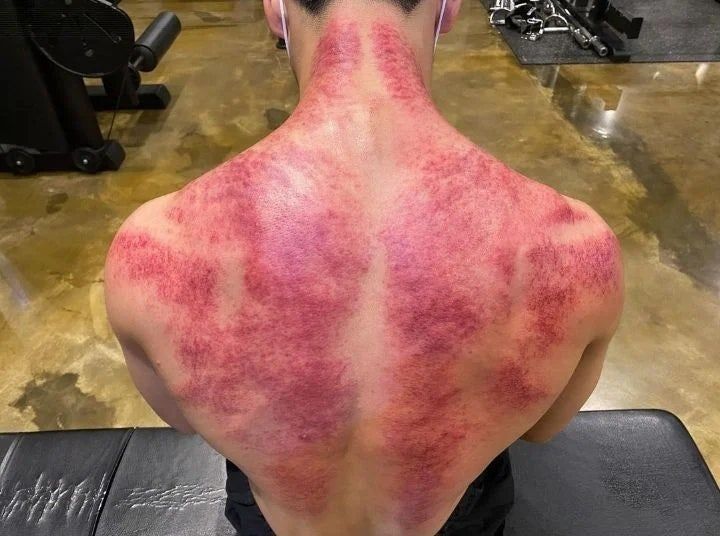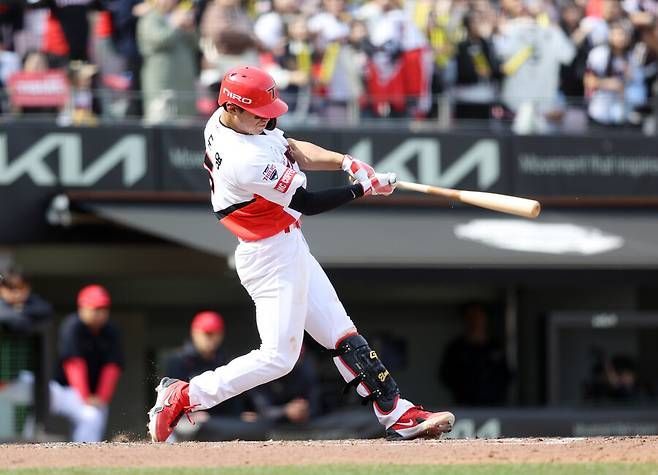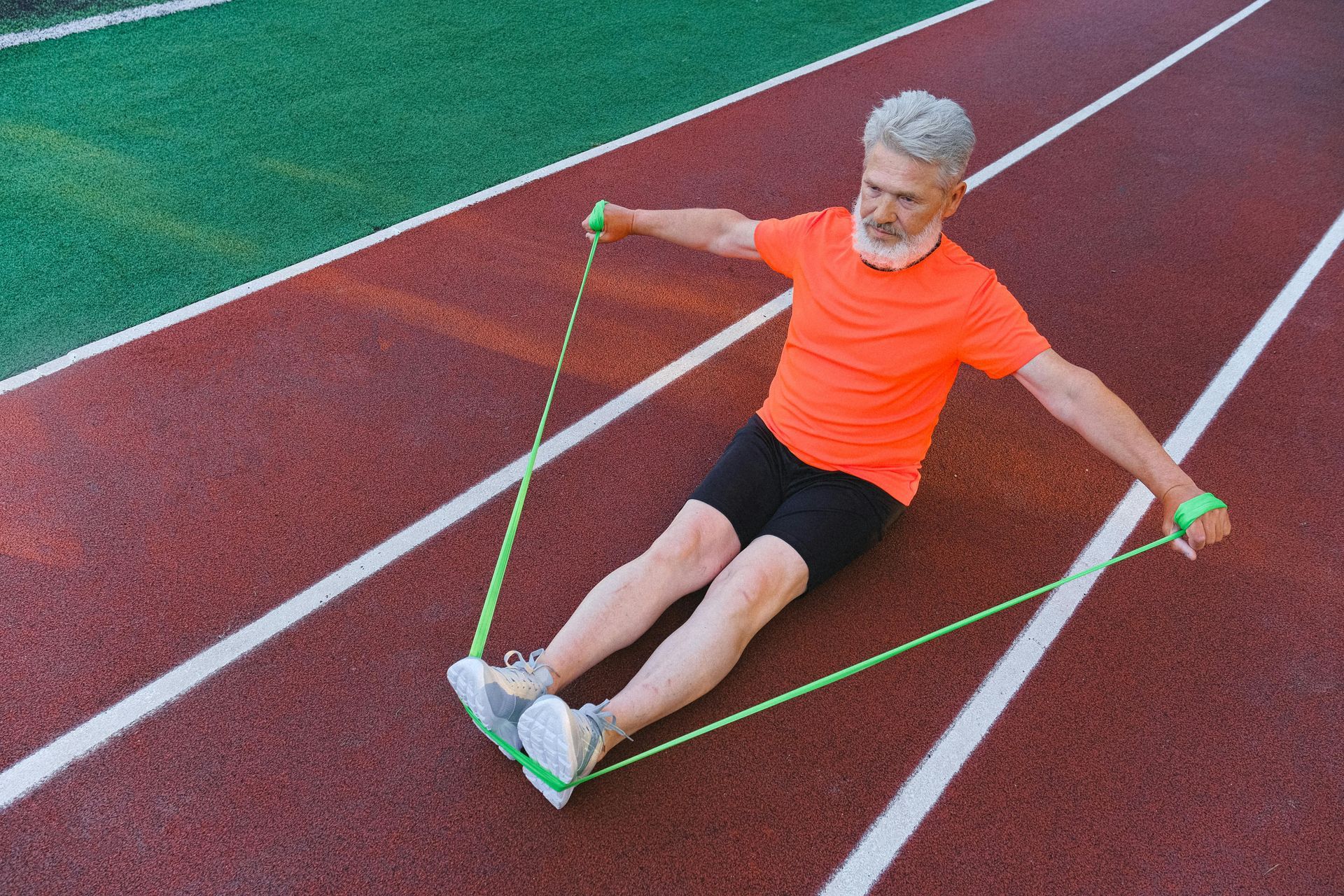Unlocking Power and Precision: The Key to Strong Adductors in Footy

Why Do Footy Players Have Tight Adductors?
Footy is an intense sport that requires
explosive kicking, rapid direction changes, acceleration, and deceleration,
all movements where the adductors play a significant role. These muscles, located on the inside of the thigh, are responsible for hip stability, force transfer, and lateral movement.
Over time, due to
high kicking volume, sprinting, and constant cutting movements, adductors become
overactive and tight. This is especially true when players have
weak glutes, hip flexors, or core muscles, forcing the adductors to compensate.
In fact, research has shown that adductor strength is critical in football-related movements. A study published in the British Journal of Sports Medicine found that adductor weakness increases the risk of groin injuries, which are among the most common injuries in AFL players.
Another study in The American Journal of Sports Medicine highlights how imbalances between adductor and abductor strength can lead to movement inefficiencies and reduced kicking power.
Why Strengthening Adductors and Supporting Muscles Matters
While stretching and soft tissue release can provide
immediate relief, long-term performance improvement comes from
strengthening the muscles that work with the adductors.
A well-balanced athlete doesn’t just rely on one muscle group,
adductors need support from the glutes, hip flexors, hamstrings, and core. By strengthening these areas, players can:
- Generate more powerful and accurate kicks
- Improve agility and change-of-direction speed
- Reduce risk of groin injuries and adductor strains
- Increase
sprinting efficiency and endurance
From my experience working with footy players, those who incorporated hip and core strengthening into their training routines not only moved better but also performed at a higher level during games.
The Lesson from a Footy Player’s Experience
The U-19 player at Ferntree Gully Football Club had no idea his
stuck kicking motion was related to his adductors. After targeted soft tissue work and introducing strengthening exercises, he
felt more freedom in his movements and noticed an improvement in his kicking accuracy and power.
This is a common pattern among footy players, from local clubs to professional AFL athletes. Many feels tightness or restriction without realising that their movement dysfunction is coming from muscle imbalances.
How Good Health Group Clinic Can Help
At
Good Health Group Clinic, we specialise in helping athletes
enhance performance, recover from injuries, and prevent future issues. Our team of skilled practitioners offers a combination of
remedial therapy,
myotherapy,
chiropractic care, and
dry needling to support footy players in achieving their best.
- Myotherapist Ian Selvarajoo provides targeted soft tissue therapy, movement assessments, and rehabilitation exercises to correct muscle imbalances and improve mobility.
- Chiropractor Dr. Tanja Nishibata focuses on pelvic alignment, joint mobility, and spinal health, ensuring optimal biomechanics for running, kicking, and tackling.
- Remedial and Dry Needling Therapist
Sam Noh specialises in
sports massage, deep tissue therapy, and dry needling, helping release muscle tightness and improve recovery.
Whether you're an AFL player, local footy athlete, or someone who enjoys kicking the ball around, proper treatment and training can make a massive difference. If you feel stiff, restricted, or off-balance in your movement, it might be time to assess your adductor function, hip mobility, and core strength.
The Takeaway for Footy Athletes
The U-19 player at Ferntree Gully Football Club never realised that his
stuck kicking motion was related to tight adductors. After treatment and specific strengthening exercises, he regained his range of motion, improved his
kicking power, and felt more
fluid in his movement.
This is a common issue among footy players, and if left unaddressed, it can lead to reduced performance and increased injury risk.
If you're experiencing
restricted movement, inconsistent kicking power, or tightness in the groin area, it's time to take action.
Our team at Good Health Group Clinic can help you move better, kick stronger, and stay injury-free.
👉 Book an appointment today and take your footy performance to the next level!
Reference
- Thorborg, K., et al. (2014). Hip adduction strength and groin pain in professional male soccer players: A cross-sectional study. American Journal of Sports Medicine, 42(10), 2253-2258.
- Serner, A., et al. (2018). Injury incidence, body composition, and physical fitness in elite male Australian Football players over 5 years. British Journal of Sports Medicine, 52(7), 432-437.
- Crow, J., et al. (2010). Movement variability in the kicking motion of skilled and unskilled football players. Journal of Sports Sciences, 28(7), 757-765.
- Nealon, A., et al. (2019). Hip and groin strength and kicking biomechanics in elite Australian Rules Football players. Journal of Science and Medicine in Sport, 22(10), 1125-1130.
- Van Dyk, N., et al. (2018). Risk factors for groin injuries in sports: A systematic review and meta-analysis. British Journal of Sports Medicine, 52(18), 1185-1191.
Blogs














